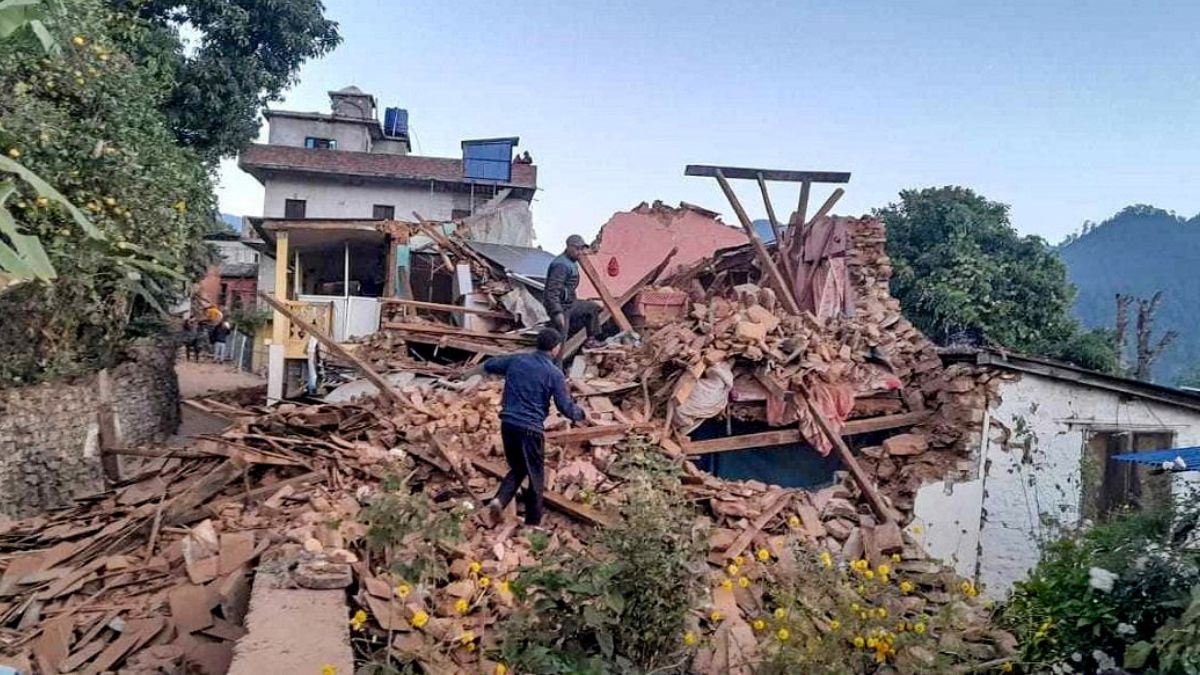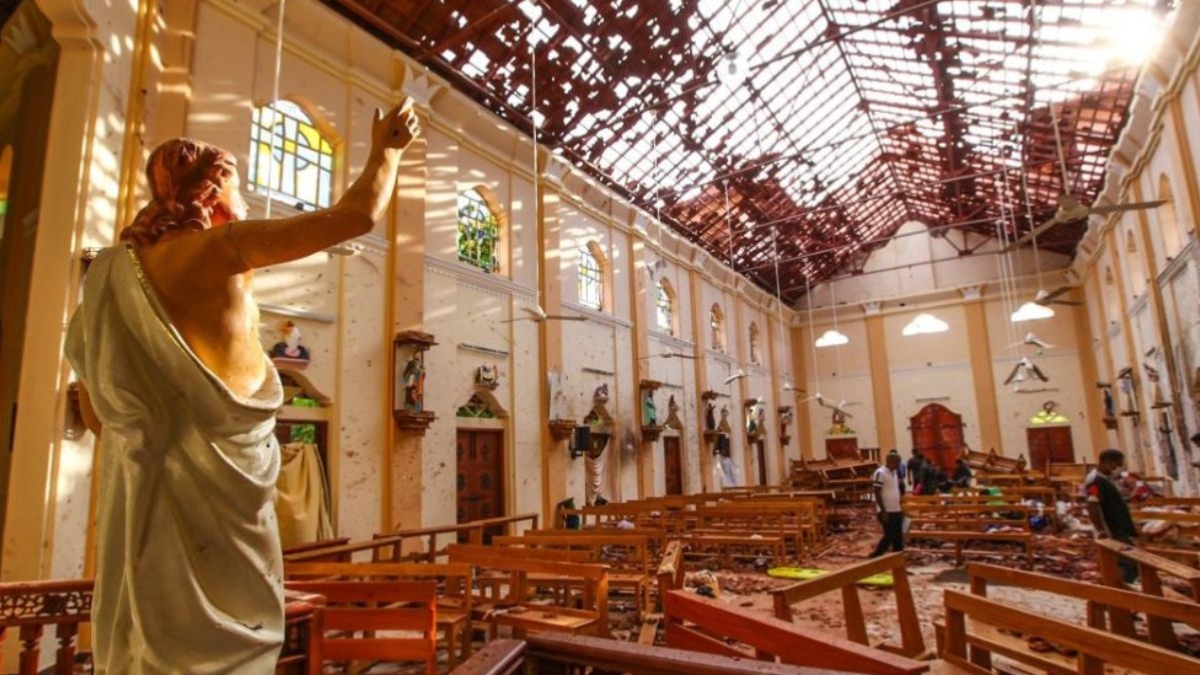Earthquakes have become a growing concern, as a series of powerful tremors continue to shake countries, often resulting in high death tolls. The most recent devastating event was the Myanmar earthquake, which struck on March 28, claiming 2,719 lives and injuring over 4,500 people. For years, scientists have been warning us about a looming threat — the so-called ‘Great Himalayan Earthquake’ — a potentially catastrophic quake that could exceed magnitude 8 on the Richter scale which will strike the Himalayan belt impacting the Gangetic plain sometime.
And accordingly, seismologists believe that the next big earthquake in the Himalayan region will be particularly destructive as it will hit the landmass. This assumption dates back to 2015 Nepal earthquake.Roger Bilham On ‘Great Himalayan Earthquake’American geophysicist Roger Bilham have shared his inputs on ‘Great Himalayan Earthquake’ to Times of India.

He said- “India slides 2 metres beneath the southern edge of Tibet every century.” According to him the earthquake will directly impact the lives of over 300 million people. “Unfortunately, its northern edge does not slide smoothly but is hung-up (by friction) for hundreds of years and catches up in minutes when this friction is overcome.
The slip events, which we call earthquakes, are the inevitable consequence of this motion.” According to renowned geophysicist Roger, the ‘Great Himalayan Earthquake’ is not a question of what, but when.According to him, the Himalayas have been experiencing major earthquakes every few hundred years.
’ He added that the Himalayan region has seen several earthquakes at a regular interval in the past 2,000 years. Most of these tremors have been of magnitude 8.7.
In the past 70 years or so, the Himalayas have not reported any earthquake above the intensity of 8 on the Richter scale. The Kathmandu earthquake that happened in 2015 had only 7.8 magnitude which killed 9,000 people.
What Is An Earthquake?Generally, Earthquakes in the Himalayan region occur when the Indian plate collides with the Eurasian plate, causing high seismic activity in the area. The Indian plate moves in a northward direction and collides with the Eurasian plate, creating geological stress. This stress is ultimately felt on the Earth’s surface in the form of earthquakes.
This collision also gives rise to the high mountain ranges of the Himalayas, making the region highly vulnerable to earthquakes. The Western Himalayas are one of the most dangerous seismic regions in the world.Scientists have long said that a large area stretching 2,500 kilometers from the Hindu Kush to Arunachal Pradesh is at risk of a large magnitude 8 earthquake.
These tectonic collisions lead to fault lines with major geological strain.Big One In The Make?According to experts, only a massive earthquake will be able to release the tension created by the collision of Indian plate and the Eurasian plate.Historically, earthquakes measuring around 8 on the Richter scale have occurred every few hundred years.
However, it has now been over 70 years since a major quake strong enough to release the immense tectonic pressure along the Himalayan arc has occurred. As seismologist Roger Bilham puts it, “They must occur. It is not a matter of ‘possibly’.
” This looming threat poses a serious concern for the millions living near or directly above major fault lines — areas that make India particularly vulnerable to devastating earthquakes.Is Delhi Ready For Major Earthquake?According to a 2019 report by National Disaster Management Authority, Delhi lies in Zone IV of India’s seismic map, indicating a high-risk area. The city’s vulnerability stems from the presence of the Delhi-Hardwar Ridge — a geological formation that aligns with the extension of the Aravali mountain range beneath the Ganga basin.
Several major Indian cities, stretching from Delhi to Shimla, are located in this high-risk seismic zone.Why The Next Himalayan Earthquake Will Be A Disaster? Seismologists warn that the next major earthquake in the Himalayan region could be especially devastating because it is expected to strike inland, rather than offshore. This land-based epicenter would directly affect more than 300 million people.
The fact that it would occur on solid ground — rather than under the ocean — makes it significantly more dangerous. Urban infrastructure, in particular, is highly vulnerable to the intense ground shaking that such a massive quake would trigger.The post Is Delhi-NCR A ‘Ticking Time Bomb’? Decoding Seismologists’ Warning Of An 8-Magnitude ‘Great Himalayan Earthquake’! appeared first on News24.
.
Top

Is Delhi-NCR A ‘Ticking Time Bomb’? Decoding Seismologists’ Warning Of An 8-Magnitude ‘Great Himalayan Earthquake’!

According to seismologists, the next massive earthquake in the Himalayan region will be completely destructive, impacting the lives of over 300 million people. They believe the Great Himalayan Earthquake is imminent.The post Is Delhi-NCR A ‘Ticking Time Bomb’? Decoding Seismologists’ Warning Of An 8-Magnitude ‘Great Himalayan Earthquake’! appeared first on News24.









